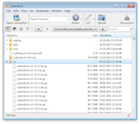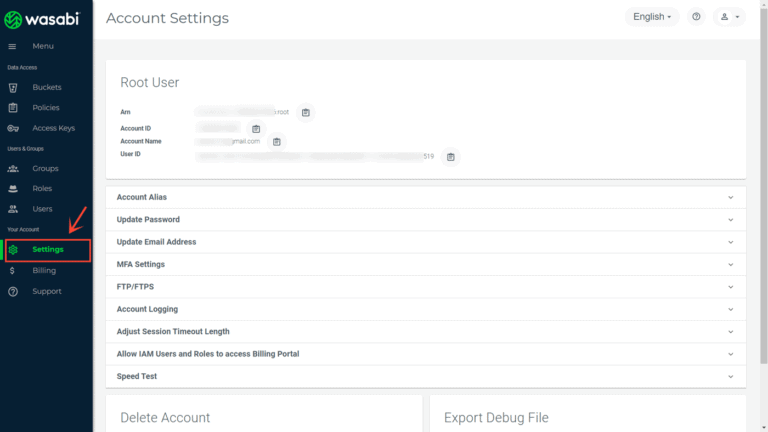


Or, you can pay an extra $2/month for extended version history, and for a total of $9/month you could backup all of your external drives and keep their files stored in the cloud, as long as you connect them to your computer once a year. There’s just one catch: You have to connect your external hard drives to your computer once every month to keep them backed up. For $7/month, services like Blackblaze can backup all of your files to the cloud. You’ll need to retrieve the second hard drive every time you make a new backup-or buy a new secondary hard drive to store the new files then send to your backup location. The hard part is keeping your backups up-to-date. With documents and other files that have a change history, backing up with an app like Apple’s Time Machine is best to keep a copy of every version of the files as they took shape. With photos, footage, and other files that don’t change, copying the files themselves is easy enough. Buy a couple external hard drives (and any are good enough the larger, slower, external drives like this one from Seagate will be the best bang-for-your-buck), copy all of your files to both drives, and store one somewhere else-a safety deposit box, your mom’s attic, anywhere other than where you keep your computer and primary drive. You could do that manually-and frankly, that’s still the cheapest option today. If your computer blows up or your house burns down, the backup’s ready to save the day. Keep one copy of your files on your computer or local hard drives, another copy stored somewhere offsite. The only true backup is a copy of your data stored somewhere else.
#WASABI CYBERDUCK FULL#
Here’s the full details, with a guide to back up your photos and videos and other large files in the cloud. Amazon’s S3 storage comes in eight tiers ranging from $0.025 to $0.002 per GB of storage-a 12.5x disparity that’s the difference between reasonably priced cloud storage and paying $0.50/month to store a one-hour 4k video.Īfter a bit of digging, the cheapest options are either Backblaze B2 or Amazon S3's Glacier Deep Archive-with some caveats. That’s perfect for your writing and standard documents, reasonable enough for your iPhone photos, but both far too small and expensive to back up RAW footage.Įnterprise, developer-focused cloud storage is far more scalable and reasonably priced-and confusing. You’ll spend $9.99/month for 2TB of iCloud, Google Drive, or Dropbox storage. What’s still not exactly cheap is cloud storage. At that rate, even 5TB hard drives start sounding small. That’s a good thing, when your average RAW photo today weighs in at 40-80MB, when one gigabyte will only store 3 minutes of standard 4K footage or less than a second of RAW 8K footage. Now, for a third of that price, you can get a 6TB external hard drive or a 1TB SSD. The first consumer 1TB hard drive cost $399. If you're using a mail client like Thunderbird you can back up your mail folder just like any other folder.Now, anyhow.
#WASABI CYBERDUCK FREE#
One "gotcha" is that storage providers sometimes charge much higher fees for retrieving your data than for backing it up, so watch out for that.įor backing up emails, simply forwarding everything to any free provider works, as long as you log in occasionally to keep the account active. Many of my customers use OneDrive but if you're running Linux I'm guessing you probably want to avoid Microsoft. You typically get more features that way, such as "album" views and so on.

That will take up more space but some providers charge a flat fee so that might not matter. If you want to browse and access your backed up files from a phone you might prefer to use the cloud provider's app instead (typically using webdav or S3 protocols). That program is good for fast, secure, versioned backups that don't take up much space. There's a blog post about setting it up on my website - I'm not allowed to link to it here for some reason, but it's not hard to find. For backing up files from a Linux machine to cloud storage (several good options already mentioned) have a look at "Duplicacy".


 0 kommentar(er)
0 kommentar(er)
